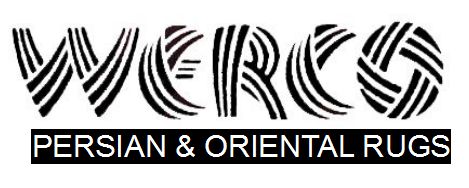Antique Persian Bakhtiari Rugs
The Bakhtiari rug, along with other weavings, is a major art-form of the Bakhtiari tribe, settled in west central Iran southwest of Isfahan, Chahar Mahaal and Bakhtiari and parts of the provinces of Isfahan, Lorestan, and eastern Khuzestan.located in Chahar Mahaal and Bakhtiari, Iran.They have been weaving rugs exported around the globe since the early 19th century.
Construction:Bakhtiari carpets are based on a cotton foundation (warp) with a wool weft usually taken from the herds of the producing tribe. This leads to unique carpets that differ depending on the characteristics of each tribe’s wool. The wool can range from dull to extreme glossy and the resultant pile is clipped medium to high.
Sizes: The sizes vary from narrow hall carpets to large room designs, often up to 13 ft × 16 ft. The larger rugs tend to be very rare and harder to come by. Similarly, older rugs, often coveted by collectors, can be extremely costly.
Patterns: Patterns are usually floral or garden inspired. The Khesti, an established garden motif is perhaps the most well-known rug design. The carpet is divided into individual squares with animals and plants acting as symbols. Another influential design features a decorated field with lattice designs and floral ornaments.
Colors: The use of colors varies depending on styles of certain tribes. Generally they include shades of white, reds, browns, greens, and yellows. Blue does not appear to feature. Natural dyes produce variations in color, which are particularly obvious on older Bibibaffs.
